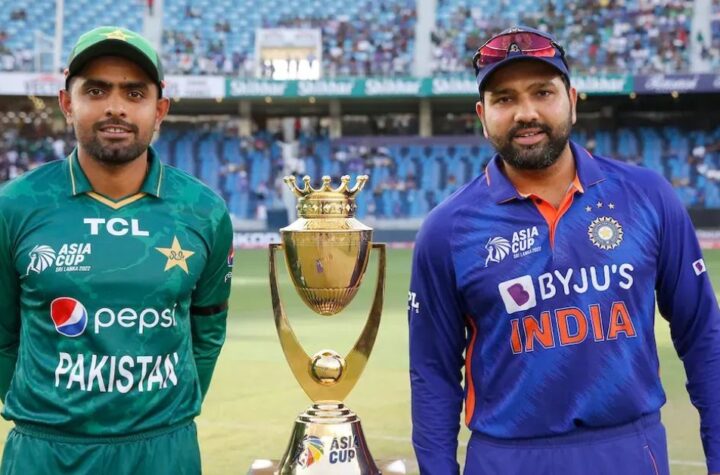
Cricket enjoyed rapid development throughout the colonies during the 19th century and became an essential component of social life. Clubs flourished, intercolonial matches took place, and social life flourished with its popularity.
Australia enjoyed many golden eras of Test and white-ball cricket from around the turn of the 20th century until just prior to World War II, often led by two legendary fast bowlers.
Introduction to Australian Cricket
Cricket is one of Australia’s favorite summer sports, yet without being an expert follower, it may be hard to understand all that’s going on when watching a match.
Australian cricket’s history is long and impressive. From its inaugural games played in Sydney in 1803 through to today’s record-setting players, cricket has helped define Australia’s culture and identity.
The Golden Age of Australian cricket occurred between the 1897-98 English tour and 1910-11 South African tour, when Australian batsmen like Joe Darling, Monty Noble and Clem Hill helped Australia win eight out of 10 tours; thus initiating an intense rivalry with England that continues today.
Evolution of Australian Cricket
As Australia has developed as a nation, cricket has become an integral part of culture and national identity. From its golden era during the early to mid-20th century to today’s Big Bash League competitions, Australian cricket continues to develop and innovate.
This section explores major events and milestones in Australian Cricket history, while also looking at how it has contributed to building Australia’s national identity and sense of pride.
Kerry Packer revolutionized Australian Cricket through his reforms, such as introducing colored clothing and night games. Additionally, he developed the Sheffield Shield competition – an essential talent development competition that has produced some of the world’s best cricketers who later went on to represent their countries internationally.
Australian Cricket Teams
The Australian cricket team represents Australia in international cricket matches. One of the oldest Test-match teams, they began play against England for their inaugural test match (beating them by 45 runs in 1877) before winning 5 more consecutive contests with victory in 1878 (beating them by 17 runs overall).
Australia was also involved in the inaugural ODI in 1971 and first-ever Day/Night Test in 2015. As the dominant world cricket force at the turn of the millennium, Australian cricket continues to draw international support today and remains an influential force across all forms of play.
Each year, the National Selection Panel names a 25-man squad from which selectors select Test, ODI, and T20 International teams. Contract players receive a base retainer (which may be adjusted according to an NSP-determined ranking system), match fees and tour fees for international appearances.
Major Tournaments and Competitions
Australia’s national cricket team represents their country internationally in both Test and One-Day International (ODI) competitions, while their women’s national cricket team also competes internationally.
The Sheffield Shield is Australia’s domestic first-class cricket competition. Established by Lord Sheffield with his bequest in 1892, initially only including New South Wales, Victoria and Tasmania colonies as participants until 1926-27 when Queensland joined in 1927-48 and 1947-48 when Western Australia was admitted.
Kerry Packer organized World Series Cricket as an alternative tournament during the 1970s. By signing many of the leading international players and forcing national selectors to select what was widely deemed second-rate sides, Packer caused six of Australia’s premier batsmen, such as Clem Hill, Victor Trumper and Frank Laver, to skip a 1912 Triangular Tournament held in England.
The Women’s National Cricket League is an annual domestic limited-overs cricket competition for female talent that runs from October to December each year. It provides an incredible platform for female cricketers from around the world to come compete and test themselves against some of their counterparts in one exciting league format.
Innovations and Contributions
Cricket is a global phenomenon and serves as a powerful vehicle for cultural exchange and inclusion. Australia is particularly notable in this regard; its multicultural makeup reflects society as a whole while initiatives promoting diversity, equity and inclusion within cricket have been supported by government policies.
Australian cricketers have long been at the forefront of innovation within their sport. Kookaburra’s Smart Ball uses sensors to monitor and improve performance, enabling batsmen to fine-tune their style, as well as third umpires to make fair decisions.
Modern cricket grounds have changed to ensure inclusivity and accessibility; wheelchair-accessible facilities and sensory rooms for neurodiverse fans have become staples at modern cricket stadiums. Furthermore, cricket promotes sustainability with eco-friendly materials used for construction as well as energy-saving practices implemented to conserve resources – something particularly pertinent given climate change’s effect on clubs globally.
Conclusion
Cricket is an iconic global sport with deep historical roots dating back to England’s invention in 1787. Today it can be found being played across many former British colonies such as Australia, South Africa, India and Sri Lanka; notable players from these nations include Steve Smith of Australia and Elyse Perry as well as Sachin Tendulkar and Mithali Raj from India.
Australian cricket fans take great pride in their national cricket team. Summer cricket fans especially take to heart their national side – often known as Baggy Greens or Aussies – despite losing in T20 World Cup to Scotland earlier this week. They should remain proud of what has been accomplished thus far in this competition.





More Stories
How Many Creases Are There In Cricket?
India National Cricket Team Vs England Cricket Team Timeline
India National Cricket Team Vs England Cricket Team Match Scorecard